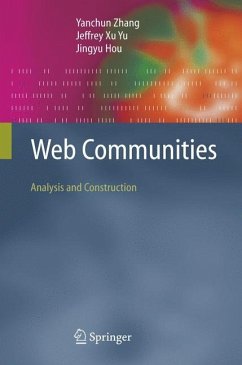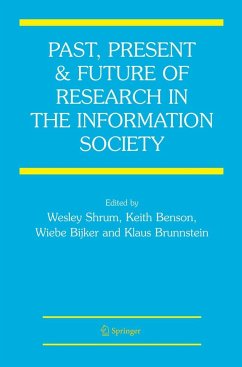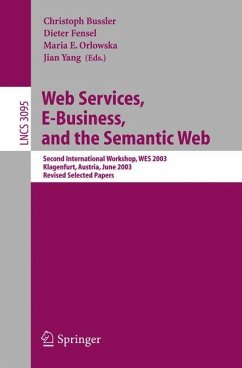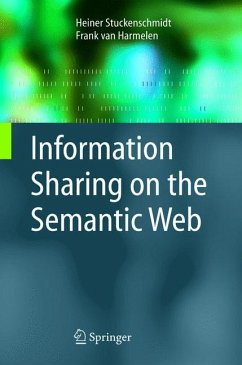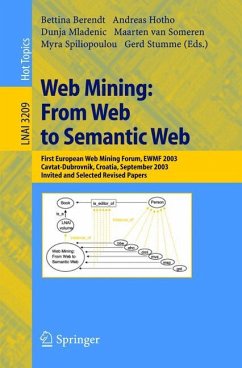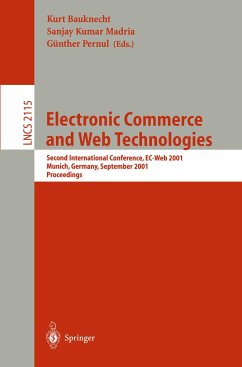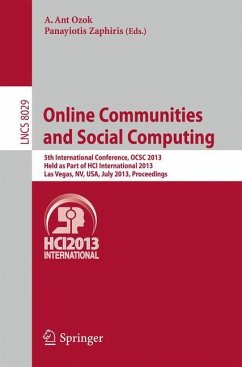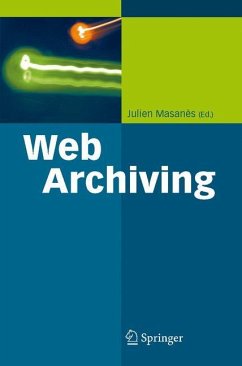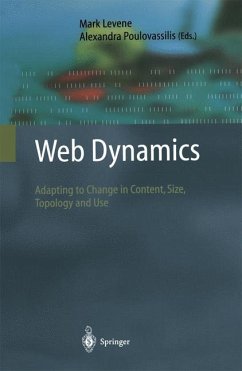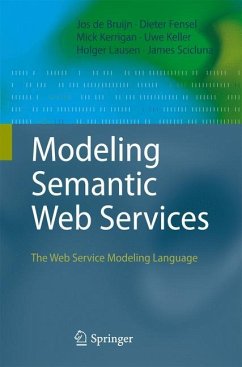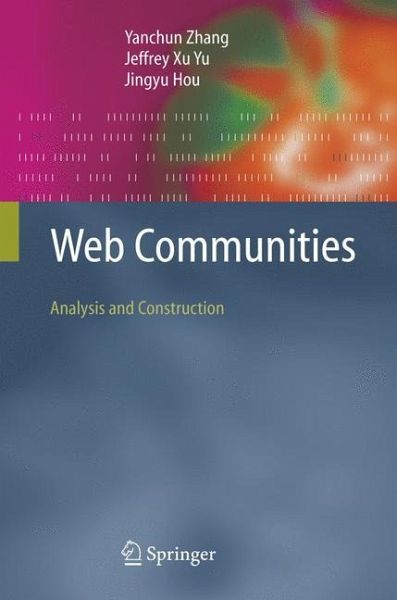
Web Communities
Analysis and Construction
Versandkostenfrei!
Versandfertig in 6-10 Tagen
38,99 €
inkl. MwSt.
Weitere Ausgaben:

PAYBACK Punkte
19 °P sammeln!
Due to the lack of a uniform schema for Web documents and the sheer amount and dynamics of Web data, both the effectiveness and the efficiency of information management and retrieval of Web data is often unsatisfactory when using conventional data management techniques.Web community, defined as a set of Web-based documents with its own logical structure, is a flexible and efficient approach to support information retrieval and to implement various applications. Zhang and his co-authors explain how to construct and analyse Web communities based on information like Web document contents, hyperli...
Due to the lack of a uniform schema for Web documents and the sheer amount and dynamics of Web data, both the effectiveness and the efficiency of information management and retrieval of Web data is often unsatisfactory when using conventional data management techniques.
Web community, defined as a set of Web-based documents with its own logical structure, is a flexible and efficient approach to support information retrieval and to implement various applications. Zhang and his co-authors explain how to construct and analyse Web communities based on information like Web document contents, hyperlinks, or user access logs. Their approaches combine results from Web search algorithms, Web clustering methods, and Web usage mining. They also detail the necessary preliminaries needed to understand the algorithms presented, and they discuss several successful existing applications.
Researchers and students in information retrieval and Web search find in this all the necessary basics and methods to create and understand Web communities. Professionals developing Web applications will additionally benefit from the samples presented for their own designs and implementations.
Web community, defined as a set of Web-based documents with its own logical structure, is a flexible and efficient approach to support information retrieval and to implement various applications. Zhang and his co-authors explain how to construct and analyse Web communities based on information like Web document contents, hyperlinks, or user access logs. Their approaches combine results from Web search algorithms, Web clustering methods, and Web usage mining. They also detail the necessary preliminaries needed to understand the algorithms presented, and they discuss several successful existing applications.
Researchers and students in information retrieval and Web search find in this all the necessary basics and methods to create and understand Web communities. Professionals developing Web applications will additionally benefit from the samples presented for their own designs and implementations.





